Image that we have a time series with timestamps t_1, t_2 ... t_n. And a metric m with values m_1, m_2 ... m_n for the respective timestamps.
Metric m is a counter so it will only increase.
Then there is a second metric k that is calculated from two nearby measures of m:
k(n) = m(n) - m(n - 1)
Basically k indicates the difference between two m measurements.
For example:
n | 1 | 2 | 3 | 4 |
m | 10 | 10 | 15 | 16 |
k | 0 | 0 | 5 | 1 |
What would be the query to OpenTSDB or Bosun that will return k based on m.
So far, I've only found rate feature but it is limited in showing rate per minute and it doesn't show the actual difference.
